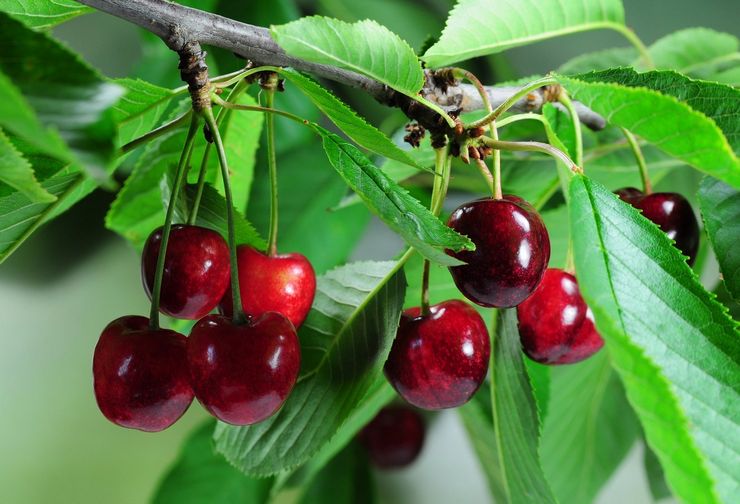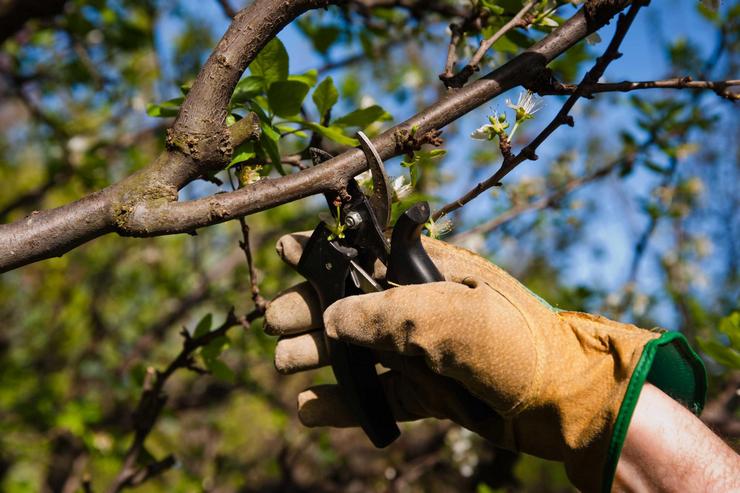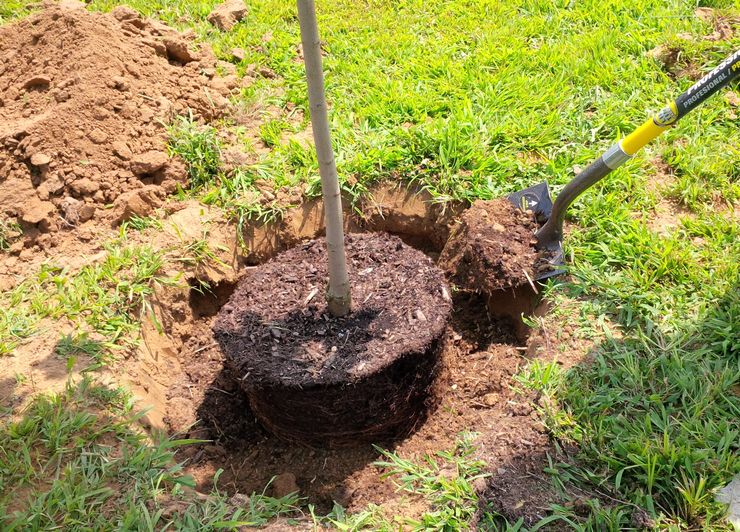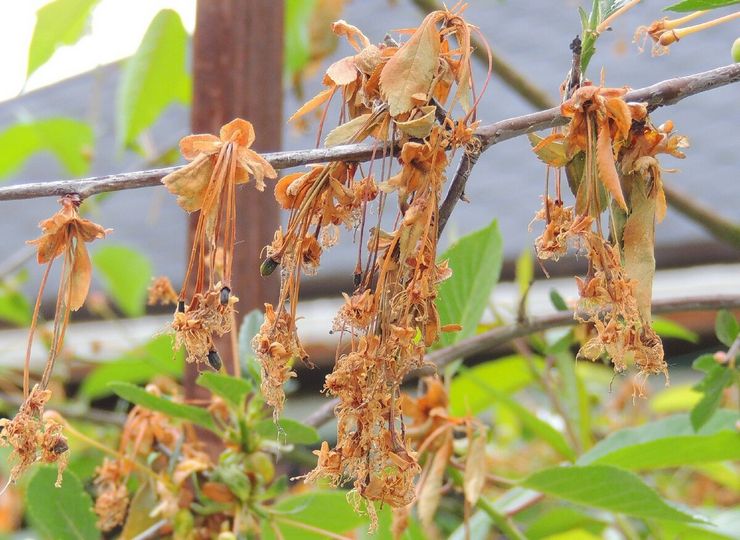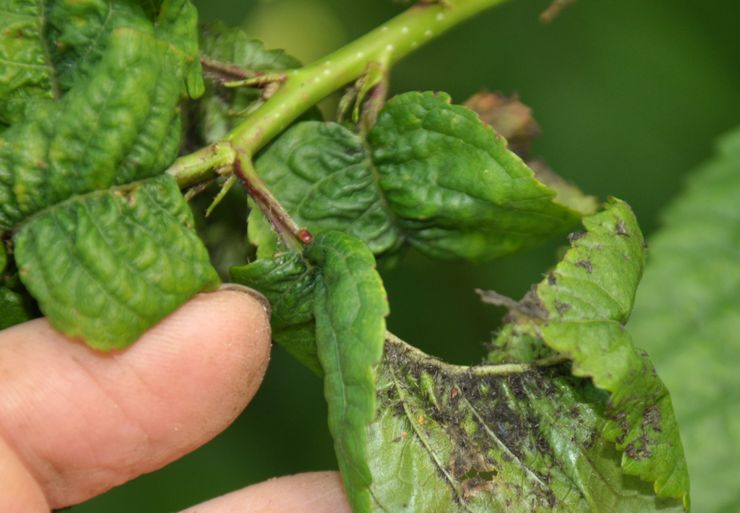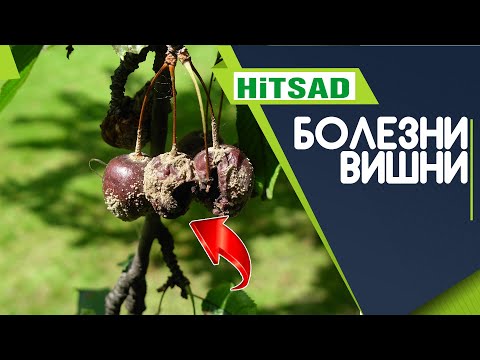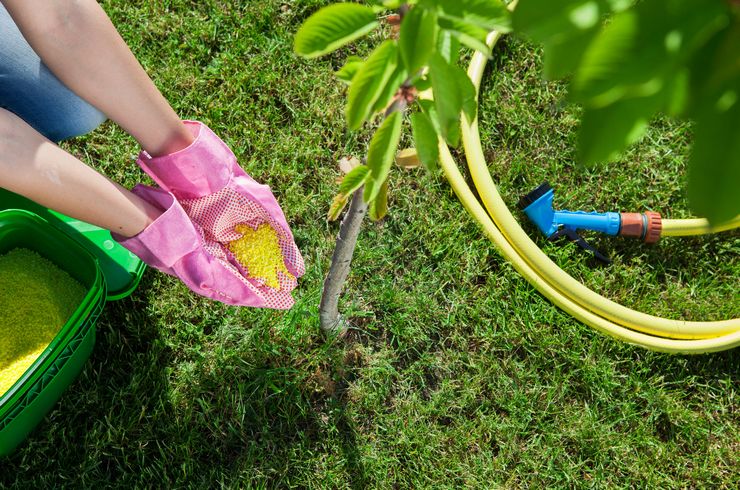Cherries are among the most common garden trees. For the sake of delicious berries, almost every gardener grows it. This plant is notable for its unpretentiousness, but sometimes it still stops yielding. If you pay timely attention to such a tree, you can quickly recognize the cause of the problem and solve it..
The main reasons for the lack of cherry fruits
There may be several reasons why cherries do not bear fruit. These include improper care of the plant and the wrong place for it, certain weather conditions, as well as exposure to pests or pathogens..
Care errors
The most common cause of problems with the harvest is considered to be the wrong care of cherries. Compliance with simple and not too time-consuming procedures will allow the plants to form a lot of delicious berries. Lack of fruit can cause the following errors:
- Lack of feeding. Cherries are often planted on poor soil, but this is what causes problems with fruiting. To correct the quality of the soil and supply the tree with the necessary amount of nutrients, mineral formulations are used. They are introduced into the soil in spring and autumn. In spring, you can use nitroammophoska (1 matchbox per tree over 3 years old), during flowering – about 8-10 g of potassium sulfate and superphosphate. Instead of mineral products or in combination with them, organic matter can be used: compost or humus. Such dressings are best applied in the autumn. At the same time, up to 2 kg of compost is consumed for 1 young tree. Cherries from 7 years old and older already need 3 kg of such a composition. But it is not worth feeding the plantings too often. Be especially careful with nitrogen supplements. Fresh manure for cherries is not applied at all, it will have a bad effect on the immunity of trees. In addition, an excess of nitrogen compounds in autumn will make fruit buds less resistant to frost..
- Insufficient watering. To form the ovary and improve the taste of the berries, cherries need moisture. If it rains enough in spring and summer, the plantings will not need additional watering, but during periods of prolonged drought, the plants are periodically watered, guided by the level of dryness of the soil.
- Incorrect cropping. If the trees are in full bloom, but they do not form berries, the reason may be the thickening of their branches. Typically, this problem is faced by gardeners who have never pruned. Excessive crown density leads to a lack of nutrients for the formation of the ovary. To avoid this, in early spring or autumn, the cherry is pruned, removing the shoots directed inside the bush. In order not to expose the plants to severe stress, they try to cut the branches not in large quantities, but gradually. First of all, diseased, broken, weakened or too old shoots will be subject to removal. Correct pruning will improve the ventilation of the plant, as well as stimulate the development of fresh growth, which can also bear fruit.
WHY CHERRY does not bear fruit / 9 reasons / Igor Bilevich
Unfavourable conditions
Sometimes the berries on cherries do not form due to natural whims. Most often, the crop suffers from late frosts. It is not possible to predict the weather in spring in advance, but you can play it safe by choosing late varieties for growing. Their flowering occurs later, reducing the risk of freezing during this period. Spring whitewashing will also help to slow down the flowering process. Along with this, it helps to protect the tree from harmful insects, as well as from sunburn. If the cherries have already bloomed, and the temperature has dropped to subzero temperatures, the trunks of the plantings are wrapped in a dense cloth or covering material, or they try to protect the plants with smoke. To improve resistance, shortly before a cold snap, trees can be sprayed with an immunity stimulant, for example, Epin..
In addition to frost, dry or too rainy weather can harm the flower. In drought, regular watering will be sufficient. Systematic loosening of the soil in the near-trunk circles will help protect the trees from waterlogging. This will avoid stagnant moisture and improve oxygen flow to the roots. Treatment with boric acid will help stimulate the development of the ovary under stressful conditions. For an adult cherry (or 2-3 young seedlings), 1 bottle of the composition is dissolved in a bucket of water.
Inappropriate landing site
Sometimes cherries do not bear fruit because they were originally planted incorrectly. Seedlings should not be placed:
- In shady places. Cherries require a sufficient amount of light for normal development, so it is best to plant them in open areas. In the shade, the harvest will be insignificant, and the berries will be less sweet;
- Near unsuitable neighbors. In order to attract the maximum number of pollinators to the cherry, they try to plant it next to trees blooming in the same period. For the same reason, cherries are often planted in groups or at a short distance. To save space, you can plant cuttings of other varieties with similar flowering times on the tree. Otherwise, preference should be given to self-fertile varieties that practically do not need pollinators. At the same time, currants or raspberries can suffer from the same diseases or pests as cherries, so they try to plant these crops at a distance. Cherries should not be planted next to conifers..
- On acidic soil. Neutral soil is best suited for growing cherries, so strong acidity can cause inhibited growth or lack of fruit. In such an environment, cherries cannot absorb food from the soil. The trunks of such trees often crack, and the pace of their development slows down. The flowers quickly fall off, and the ovary is not formed. It is advisable to correct the composition of the soil before planting. In this case, wood ash, dolomite flour or another composition that can change the reaction towards neutral is introduced into the soil. If the cherry is already growing on acidic soil, additives are added to the trunk circle;
- Too deep. Deepening a seedling during planting can end not only with problems with the growth of the tree and its yield, but also with the death of the plant itself due to damping. The root neck of the cherry should rise slightly (2-3 cm) above the ground, otherwise the plant may get sick. To avoid stagnation of moisture in this area, grooves are made near the seedling to drain water from the trunk circle. This will protect the tree from fungal diseases. If the cherry was immediately planted too deeply, the soil is slightly raked away from it so as to level the area of the trunk circle. A groove is made along its outer borders for water drainage. If the reason for the growth retardation was precisely the deepening, berries can appear on such a cherry in 1-2 years. Otherwise, the reason may be different. If the groundwater at the site is high, planting on an embankment will help protect the tree from waterlogging..
The quality of the planting material is also important. If you go shopping at unverified retail outlets, you can accidentally purchase wild cherries instead of garden ones. Such plants do not bloom for a long time and do not form fruits. The selected seedling should look healthy and strong. But even such plants do not form berries immediately. As a rule, the first harvest from cherries begins to be harvested in 3-4 years of cultivation. By the age of 17-20, cherries age and form fewer berries. Such plants rejuvenate by pruning, removing old branches, or replacing them with young ones..
Diseases
Certain diseases inherent in cherries can also lead to crop failure. Among them:
- Coccomycosis – a common fungal disease that affects both seedlings and adult cherries. Brown spots on the leaves of plants are considered its signs. At the same time, white growths are formed in the lower part of the foliage. After that, the leaves fall off, and due to metabolic disturbances, berries do not appear, and the cherry itself weakens. Coccomycosis usually occurs on acidic soil. It spreads very rapidly and without appropriate measures can affect all neighboring landings. Get rid of the disease in stages. Before flowering, all cherries are sprayed with Bordeaux liquid. After flowering, you can use commercial fungicides, used according to the instructions. When all the berries are harvested, you can use the Bordeaux liquid solution again. After such treatments in the next season, the disease will no longer appear..
- Moniliosis – such a disease can appear on all fruit trees in the garden, including pears and apple trees, so you need to get rid of it as early as possible. First, the branches and crown of plantings begin to suffer from moniliosis: grayish-brown spots appear on the branches, and the foliage takes on a burnt appearance and dries up. As the disease progresses, the trunk of the cherry begins to crack, and the berries rot. Against moniliosis, fungicides or Bordeaux liquid are also used. Both the branches themselves and the soil in the near-stem circle are sprayed with its solution, after removing all affected parts from the plant. If branches or leaves with signs of infection appear on the tree in spring and summer, they are carefully pruned and destroyed..
- Cracks – trunk cracking and gum flowing out of cracks is a common phenomenon that many people ignore. But such a disease leads to a weakening of the cherry, a slowdown in its development, and as a result – a decrease in yield. A solution of copper sulfate is used against the cracks, or they are simply covered with garden varnish, having previously cleaned the trunk. This will relieve gum flow..
Pests
Attacks by insect pests can also affect yields. Most often appear on cherries:
- Cherry fly Is one of the most dangerous pests. Flies feed on berries and damage them along the way, leading to rotting and falling off of the fruit. Insecticides or special traps are used against the pest. Treatments begin to be carried out within a week after flowering;
- Weevil – such bugs hibernate in the ground under cherries, and in the spring, with the arrival of heat, they go outside. The peak of their activity is in May. Weevils can spoil the berries, so at the end and beginning of the season, the site should be carefully inspected for the presence of pests. Whitewashing of trunks can also protect against them;
- Aphid – tiny insects harm a variety of garden plantings. They appear in the spring, attacking young growth and preventing the cherry from absorbing nutrients. Against aphids, you can use folk remedies, for example, fragrant infusions of marigolds or tomato tops, as well as an ash infusion or soap solution. Spraying is carried out until the pests disappear completely. To get rid of the new appearance of aphids will allow the fight against ants that contribute to its spread, as well as planting plants near the cherry that the aphid does not like. Among them are marigolds, parsley and garlic..
- Ringed silkworm – this insect is also capable of harming all fruit crops. Regular examinations are carried out against him. Noticing the clutch of his eggs, it is immediately destroyed, and in the spring, as part of prevention, the garden is treated with insecticides.
Attracting birds to the garden is considered a good pest control measure. They will help to cope with many insects and caterpillars..
Ways to fight
The most dangerous fungal diseases of cherries ✔️ How to treat FUSARIOSIS MANILIOSIS Cherries
They try to destroy pests and pathogens of diseases in the early stages with the help of more gentle means or alternative methods, especially if they have to be counteracted during the period of berry formation.
If you have to deal with a neglected disease or an attack of many insects, you will have to use the appropriate well-proven chemicals. They are used according to the instructions, choosing for this the most safe means for the garden and households. During the processing period, it is imperative to protect hands, eyes and respiratory organs, and after the end of the procedure, wash clothes. It is important to ensure that there are no children or pets in the garden while spraying. It is best to carry out such procedures in the morning or after sunset – so there will definitely be no burns on wet leaves, and the remedy is better absorbed.
Preventive measures
Prevention is considered the best protection against disease or pests. Simple regular cherry care procedures and the initially correct approach to planting can save you from a long and difficult pest control and practically guarantee a good harvest..
- In the fall, the site must be cleared of plant debris and weeds, and then dug up. This procedure helps to destroy pests hibernating in the ground;
- Thickening shoots from trees are removed annually. Both seedlings and adult cherries need pruning. After the procedure, all sections must be processed;
- Aging plants gradually rejuvenate and try to prevent the weakening of the immunity of trees, observing all the rules of care and avoiding their accidental damage;
- Despite its frost resistance, cherry is still considered a heat-loving plant, so it should be properly prepared for winter. It is recommended to cover the roots and trunk of the tree;
- Timely watering and feeding will stimulate growth and improve the health of plantings;
- They try to plant cherries next to each other for better pollination. This rule works for plants flowering in the same period;
- The proximity to bright flowers and other crops that bloom in May will help attract pollinators to the trees. Sometimes for this, cherries are sprayed with a sugar or honey solution that lures bees. Instead of this procedure, you can simply put containers with a solution near the trees..

